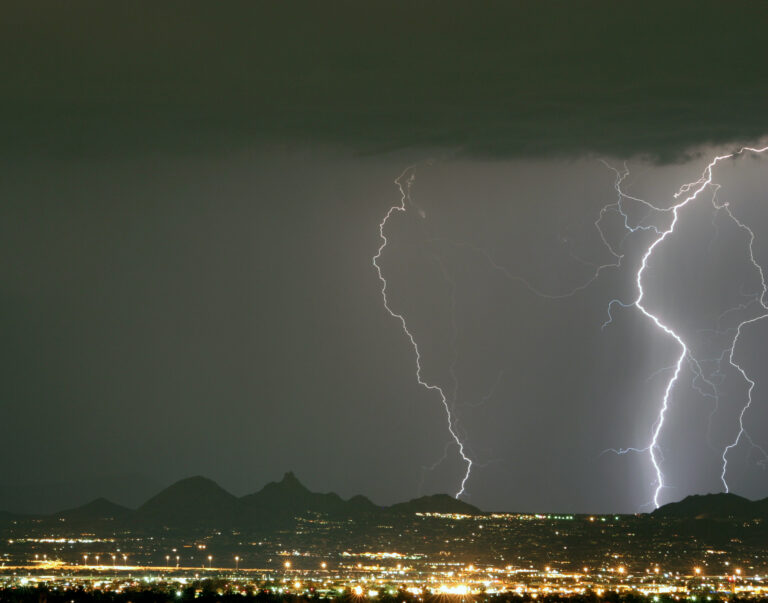The drifting smoke from hundreds of wildfires across Canada is leading to poor air quality across the Great Lakes, Ohio Valley, Mid-Atlantic and Northeast regions of the country.
A measure called the Air Quality Index gauges just how bad the air has gotten in a particular place. Readings of 100 or higher usually serve as a warning to people who have respiratory conditions to take precautions.
Having an understanding of the Air Quality Index can help you protect yourself from the harmful effects of air pollution. Here’s a guide to how it works.
What is the Air Quality Index?
The Air Quality Index measures the density of five pollutants in the air: ground-level ozone, particulates, carbon monoxide, nitrogen dioxide, and sulfur dioxide. It was established by the Environmental Protection Agency as a way to communicate to Americans the state of the air they are breathing each day. There are pollution monitors at more than 1,000 locations across the country.
How do you read the Air Quality Index?
The index runs from 0 to 500; the higher the number, the worse the air. If the index is registering less than 100, then the air pollution at that location is below the level known to cause adverse health effects.
When the index climbs above 100, the outdoor air may remain safe for many people, but older adults and children would be at some risk, as would people of any age with heart or lung disease. An. index number above 200 is considered “very unhealthy.”
Index readings fall into one of six color-coded categories; green represents the best conditions, yellow a bit less so, and orange, red, purple and maroon indicating progressively worse air.
What is an air quality alert?
Officials put out air quality alerts to protect public health by notifying the public about unsafe air pollution levels. An Air Quality Index number over 100 will trigger an alert for vulnerable groups; levels over 300 will prompt alerts about very hazardous conditions for everyone.
What is the best way to track the latest pollution readings?
AirNow is a website and app run by the E.P.A. It has separate fire and smoke maps that use portable sensors to track smoke plumes, a useful tool to help you and your family avoid foul air from wildfires.
What are some of the harmful effects of poor air quality?
The effects of air pollution can be mild, like eye and throat irritation, or serious, including heart and respiratory issues. They can also linger even after the air has cleared, because pollution can cause inflammation of the lung tissue and can increase your vulnerability to infections. Even if the air quality is not listed as dangerous on a particular day, some experts say that you may still feel negative effects from pollutants ion the air.
How do I stay healthy when air quality is poor?
- Stay indoors if you can, with windows and doors closed.
- If you have air conditioning, run it continuously, not on the auto cycle, so the air will be passing through the system’s filter all the time. It’s also helpful to close the fresh air intake, so that smoke doesn’t get inside the house. If your system allows for it, install a high efficiency air filter, classified as MERV 13 or higher.
- Portable air cleaners can also reduce indoor particulate matter in smaller spaces.
- Avoid frying food, which can increase indoor smoke.
- Avoid strenuous outdoor activities like exercising or mowing the lawn.
- Don’t smoke cigarettes.
- Though exercising outdoors can usually be a great way to stay healthy, the 101-150 range on the Air Quality Index is probably the highest level at which it remains safe to do so.
Source: https://www.nytimes.com/article/air-quality-index.html


